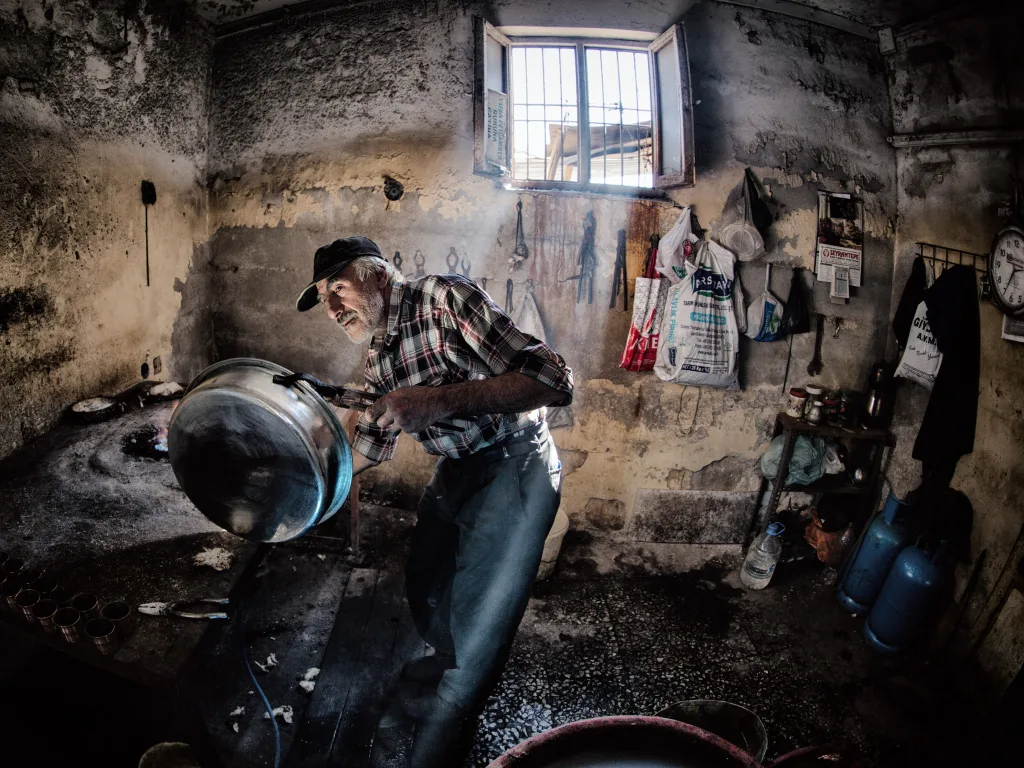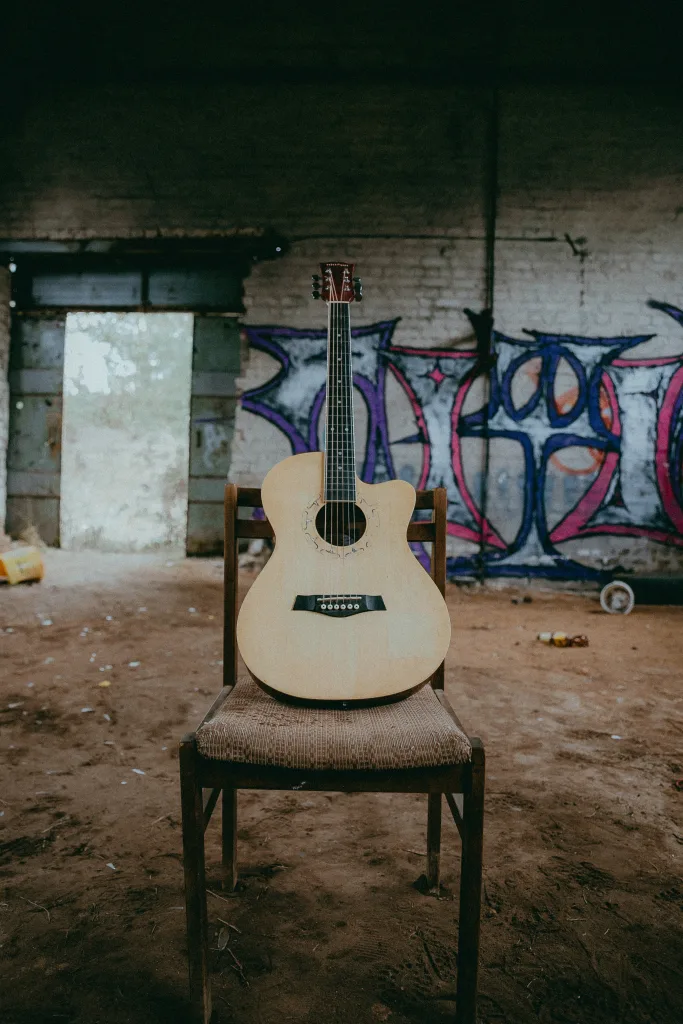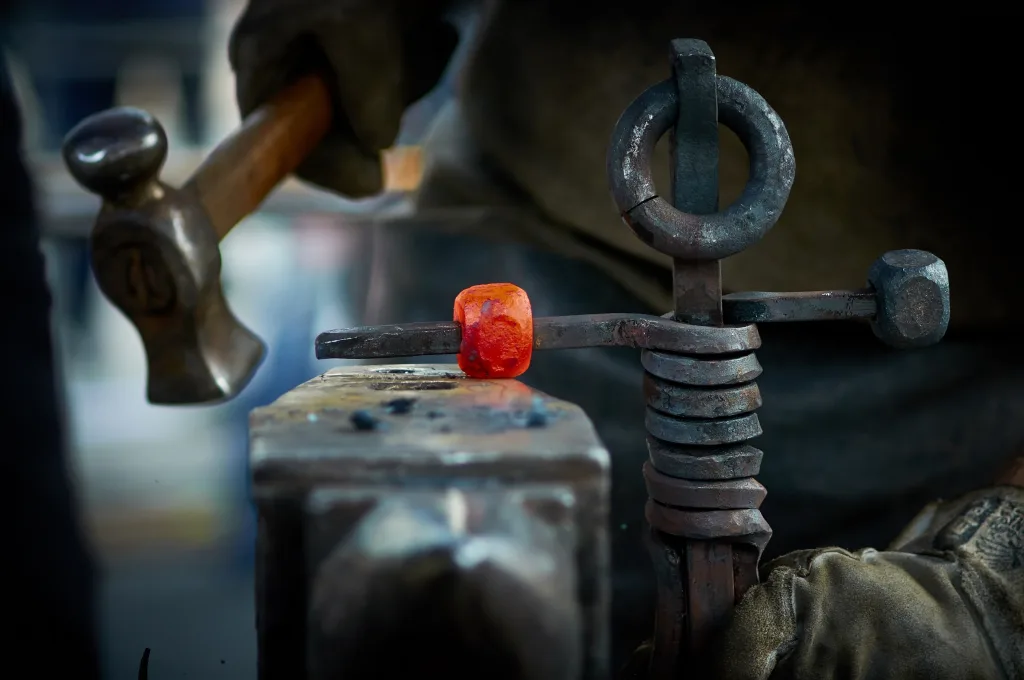Why is authenticity so crucial in the realm of forged instruments? I want you to picture yourself stepping onto a grand stage; the spotlight beckons. As you raise your instrument to your chin or press your fingers against its fretboard, there is an unspoken connection between you and the instrument. An authentic forged instrument resonates with a purity of tone, a richness of timbre, and responsiveness that captivates both the performer and the audience.
As you read on, you will discover the secrets that separate genuine forged instruments from their imitations. We will delve into the intricacies of craftsmanship, explore the significance of provenance and historical documentation, and uncover the wisdom held by expert authenticators. Brace yourself for a captivating journey filled with insights, practical advice, and cautionary tales to ensure that the instrument you acquire is nothing short of a true work of art. Check this out.

What is a Forged Instrument?
To begin our exploration, let’s define a forged instrument. The term “forged instruments” does not have a specific meaning in the context of musical instruments. It appears to be a misinterpretation, or a term used incorrectly.
In musical instruments, “forged” typically means shaping or forming metal through heat and pressure. For example, a blacksmith might forge a metal bell or cymbal by heating the metal and shaping it with hammers or other tools. However, this process is not commonly associated with creating musical instruments.
Authentic musical instruments are typically crafted by skilled artisans using traditional techniques and quality materials. The term “forged instruments” may have been mistakenly used to refer to meticulously crafted or handmade instruments with great attention to detail.
Unlike mass-produced instruments or even handmade replicas, forged instruments are meticulously crafted works of art. They are painstakingly created by skilled artisans, utilizing time-honored techniques passed down through generations. The result is an instrument that exudes exceptional tonal quality, unparalleled durability, and a unique character that captivates musicians and listeners.
Key Indicators of Authenticity
When identifying genuine forged instruments, several indicators can guide us. Craftsmanship plays a vital role in the authenticity of a forged instrument. Carefully examine the intricate details, such as the joints’ precision, the finish’s quality, and the consistency of the craftsmanship throughout the instrument. Genuine forged instruments exhibit an unparalleled level of attention to detail and flawless execution of construction.
Provenance, the instrument’s documented history, and lineage are other essential aspect. A genuinely forged instrument often has a well-documented past, including previous ownership and historical records. These records add to the instrument’s value, provide a sense of authenticity, and establish its place in history.
Expert authentication and appraisal are invaluable when it comes to verifying the authenticity of a forged instrument. Consulting with reputable experts, such as appraisers, luthiers, and experienced dealers, can give you the assurance and expertise needed to make an informed decision. Their trained eyes and extensive knowledge of forged instruments will help you navigate the complexities of the market and ensure the instrument’s authenticity.
Practical Tips for Identifying Authenticity

Examine the Craftsmanship
When inspecting a forged instrument, take the time to examine its craftsmanship carefully. Look for exceptional attention to detail, precise construction, and a high-quality finish. Genuine forged instruments are masterpieces of artistry, showcasing flawless execution and meticulous craftsmanship. Pay close attention to the consistency of joints, seams, and overall instrument construction. A genuine forged instrument will display skill and precision, distinguishing it from imitations.
Verify Provenance
Provenance plays a vital role in determining the authenticity of a forged instrument. Research the instrument’s history and provenance to the best of your ability. Look for documented records, previous ownership, and any available historical information. Genuine forged instruments often come with a traceable lineage and a well-documented past. Establishing the instrument’s origin and history adds value and provides a sense of authenticity and connection to the past.
Seek Expert Opinions
When in doubt, seek the expertise of professionals in forged instruments. Appraisers, luthiers, and experienced dealers possess specialized knowledge and trained eyes that can help authenticate an instrument. Consult with reputable experts who deeply understand forged instruments and their characteristics. They can provide valuable insights, offer authentication services, and guide you in making informed decisions. Their expertise will greatly enhance your confidence in identifying genuine forged instruments.
Compare and Contrast
Familiarize yourself with different examples of genuine forged instruments. Study their characteristics, construction methods, and materials used. By immersing yourself in the world of forged instruments, you develop a trained eye to discern the unique qualities that set them apart. Compare the craftsmanship, tonal qualities, and overall aesthetics of different instruments. This comparative approach will help you recognize the distinguishing features of genuine forged instruments from imitations.
Trust Your Instincts
While relying on research and expert opinions is important, trust your instincts. Pay attention to your gut feelings and intuition when considering a forged instrument. If something feels off or too good to be true, it’s essential to exercise caution. Genuine forged instruments are exceptional works of art and often come with a corresponding price tag. If a deal seems too good to be true or any aspect raises suspicions, step back and gather more information before proceeding.
Common Pitfalls and Red Flags

Unrealistically Low Prices
One common pitfall to watch out for is instruments being sold at suspiciously low prices. Genuine forged instruments require significant time, skill, and high-quality materials. If a price seems too good to be true, it’s important to proceed cautiously. Unscrupulous sellers may pass off imitations or replicas as genuine forged instruments at unusually low prices. Remember that the value of a genuine forged instrument reflects its craftsmanship, history, and rarity.
Lack of Documentation
Authentic forged instruments usually have documented records and a provenance that traces their history. A red flag to be aware of is a lack of supporting documentation. Genuine forged instruments often have a well-documented past, including previous ownership, historical records, and certificates of authenticity. If the seller cannot provide any supporting documentation or there is a shortage of information about the instrument’s origin, it’s advisable to proceed cautiously and seek further verification.
Inconsistencies in Craftsmanship
When examining a forged instrument, pay close attention to any inconsistencies or flaws in craftsmanship. Genuine forged instruments exhibit high precision and meticulous attention to detail throughout construction. Look for signs of shoddy quality, poorly executed joints, or shortcuts taken in manufacturing. Inconsistencies in craftsmanship can indicate an imitation or a lesser-quality instrument trying to pass as a genuine forged piece.
Unverified Claims
Be skeptical of sellers who make extraordinary claims about an instrument’s origin, historical significance, or provenance without providing substantial evidence. Genuine forged instruments have a verifiable history that documentation, expert opinions, and reputable sources can support. If a seller’s claims cannot be substantiated or there are inconsistencies in their information, it’s important to exercise caution and conduct further research or seek expert advice.
Conclusion
You now possess the knowledge and tools to identify a genuine forged instrument. By understanding the defining characteristics, key indicators of authenticity, and practical tips, you can confidently navigate the market and make informed decisions. Remember to consider craftsmanship and provenance and seek expert opinions to ensure the instrument’s authenticity.
As you embark on your quest for a genuine forged instrument, cherish the beauty of craftsmanship and the unique legacy that these instruments carry. By investing in authenticity, you acquire a remarkable musical instrument and become a custodian of a rich cultural heritage. Happy exploring, and may you find the perfect forged instrument that resonates with your soul and musical aspirations!


